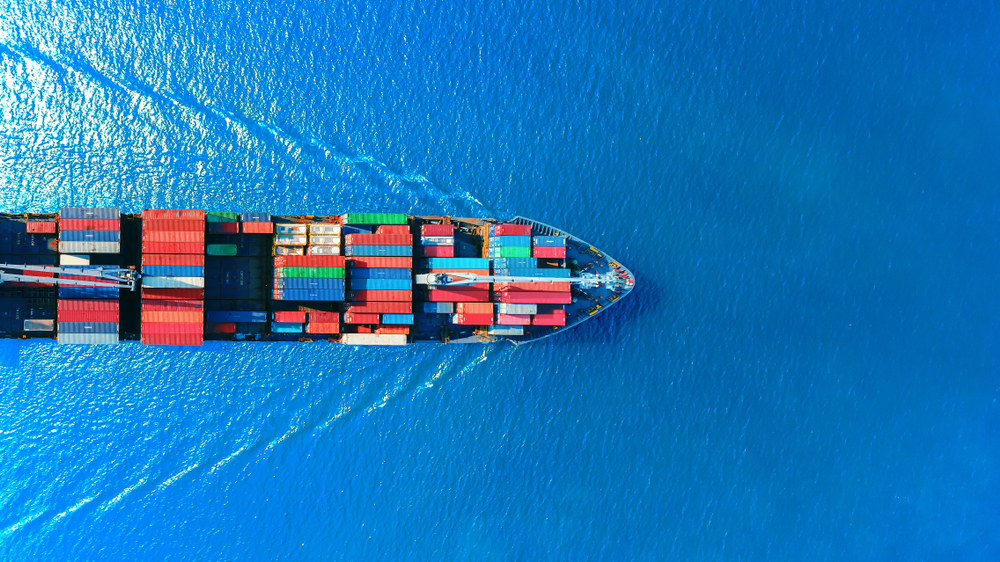
A measure of global sea transport activity is poised for its most significant annual increase since 2010, driven by geopolitical disruptions that have forced ships to travel longer routes. According to Clarksons Research, a division of the world’s largest shipbroker, the shipping activity, measured in ton miles, is set to rise by 5.1% in 2024 compared to the previous year, marking the second-largest annual increase on record. This growth translates to an additional 3.2 trillion ton miles.
The surge in ton miles is primarily due to vessels rerouting to avoid the Red Sea and Gulf of Aden, regions currently plagued by attacks from Yemen’s Houthi rebels. These attacks have intensified recently, with incidents including the successful sinking of a vessel using a sea drone. As a result, ships are navigating thousands of extra miles around the Horn of Africa to ensure safer passage.
This rerouting is contributing to a longer average distance for global sea journeys, particularly impacting container shipping. Currently, about 690 ships are navigating around the Cape of Good Hope, significantly increasing travel distances. The average seaborne trade hauls are expected to rise by 2.8% this year, up from 1.8% in the previous year.
While the extended travel routes help explain the increase in ton miles, an encouraging start to the year in terms of trade volumes has also played a role, indicating that the rise isn’t solely due to longer journeys. However, the longer distances pose a challenge for global efforts to reduce carbon emissions, as ships burn more fuel on these extended routes.
Overall, the significant increase in sea transport activity underscores the substantial impact of geopolitical tensions on global shipping routes and highlights the need for adaptive strategies in the maritime industry.
Source:











Leave a Comment